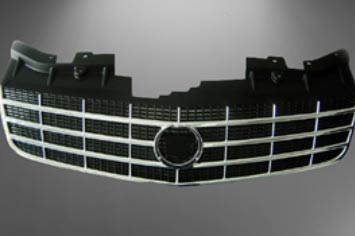How is rapid manufacturing different from rapid prototyping?
Views: 780 Update date: Jul 15,2024
Rapid manufacturing and rapid prototyping are both advanced production techniques that leverage technologies like 3D printing, but they serve different purposes and have distinct characteristics:Rapid Prototyping
Purpose: Used primarily for creating models or prototypes of products during the design phase.Focus: Emphasizes speed and flexibility in creating one-off models to test design concepts, fit, form, and function.
Materials: Often uses cheaper, less durable materials since the prototypes are not intended for end-use.
Iteration: Allows for multiple iterations and design changes based on feedback.
Volume: Typically involves the production of single units or very small batches.
Rapid Manufacturing
Purpose: Used for the production of end-use parts and products.Focus: Emphasizes the speed of production for final products that meet quality and durability standards required for end-use.
Materials: Utilizes production-grade materials that are suitable for the final product's requirements.
Consistency: Ensures that each produced part meets stringent quality standards.
Volume: Can involve small to medium batch production and, in some cases, large-scale production depending on the technology and application.

Key Differences
Objective: Rapid prototyping is aimed at testing and refining designs, while rapid manufacturing is aimed at producing final, usable products.Material Use: Rapid prototyping may use materials that are easy to work with and inexpensive, while rapid manufacturing uses materials that meet the final product specifications.
Production Scale: Rapid prototyping typically deals with single units or very small batches, whereas rapid manufacturing can handle larger production runs.
Technologies Involved
Both processes can use similar technologies such as 3D printing, CNC machining, and additive manufacturing, but the choice of technology and materials might differ based on the end goal (prototype vs. finished product).Examples
Rapid Prototyping Example: A company designing a new car part might create a 3D printed prototype to test the fit within the engine before finalizing the design.Rapid Manufacturing Example: After finalizing the car part design, the company uses rapid manufacturing techniques to produce the actual parts that will be installed in vehicles.
Understanding the distinction between these two processes is crucial for selecting the right approach depending on whether the goal is to explore and refine ideas or to quickly bring a final product to market.



